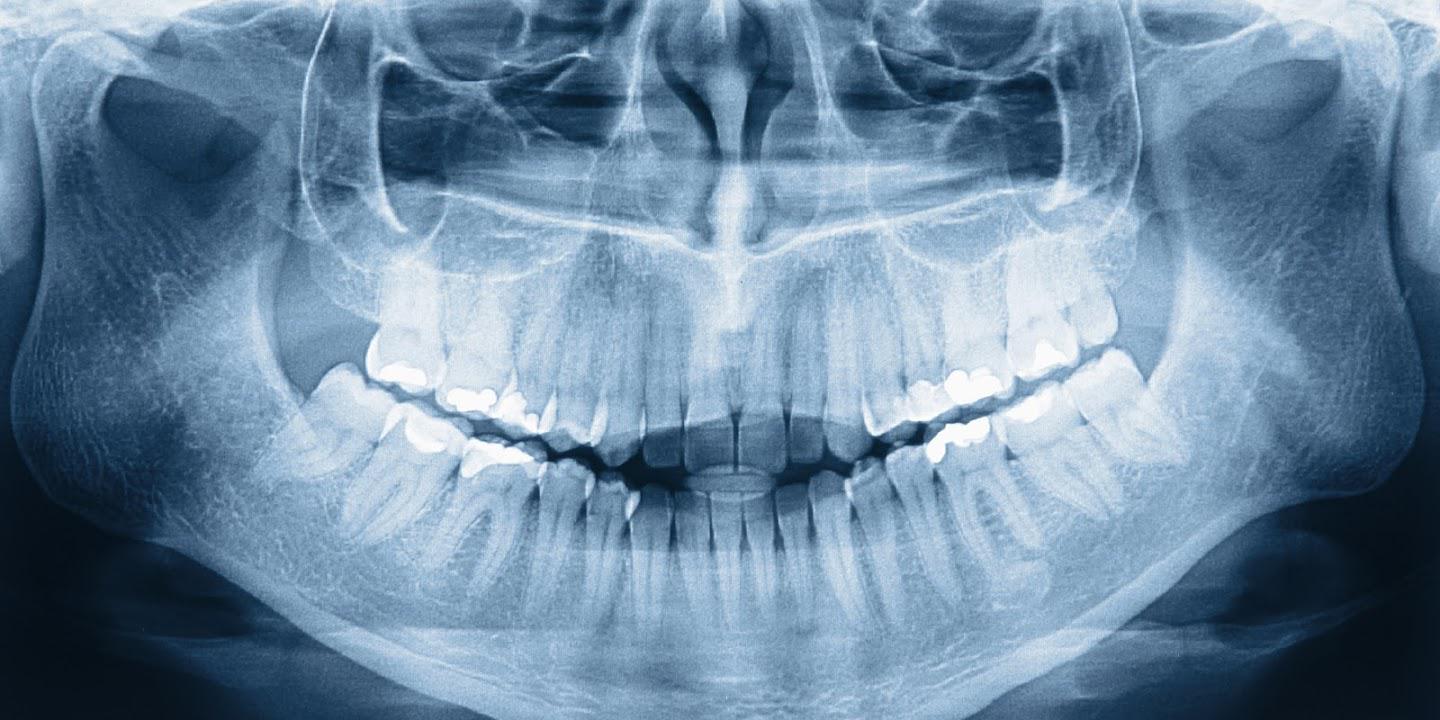
Regular cleanings and exams are part of caring for your oral health. However, X-rays are also commonly used to catch problems before they arise and to diagnose existing problems. Of course, there are many different types of X-rays your dentist can provide. If you want to be better prepared for your next X-ray, you should understand the different types of X-rays and when or if you may need them.
1. Bitewing X-Ray
Bitewing X-rays are incredibly common and are often taken for preventative purposes because they are a great way to see any decay between teeth or below the gumline. The term bitewing comes from how patients must bite down on the X-ray film. These types of X-rays can be taken right in the dental chair.
Bitewing X-rays are also commonly used to locate the source of tooth discomfort. Many modern dental offices don’t use film anymore. Instead, they use a sensor, which sends the X-ray to the computer for review by the dentist. This makes the process a little faster because they don’t have to develop the film.
2. Periapical X-Ray
Bitewings show most of the tooth, but if your dentist needs a good look at the very entirety of your tooth or the jawbone, a periapical X-Ray is a better choice. This type of X-ray captures an image of the entire tooth, including a little past the tooth root.
The X-ray typically captures the entire upper or lower row of teeth in one image. These types of X-rays may be used if your dentist suspects damage to the tip of the tooth root or issues with the jawbone.
3. Occlusal X-Ray
Occlusal X-rays are designed to capture what goes on inside the roof or floor of the mouth, which helps the dentist see full tooth development and placement. This may be used to find out why teeth haven’t erupted yet or to spot supernumerary (extra) teeth, which can damage healthy permanent teeth.
This type of X-ray may also be used to diagnose a cleft palate or fracture. Hard-to-find cysts, abscesses or growths can also be spotted with an occlusal X-ray.
4. Panoramic X-Ray
A panoramic X-ray uses a special machine that takes one image of your entire upper and lower teeth. The result is a 2-D image of your 3-D mouth. If you suffer from frequent complications or have had major dental work in the past, your dentist may recommend a panoramic X-ray every now and then to make sure nothing is brewing.
A panoramic X-ray may be used as a common X-ray method and is often used in preparation for major dental procedures such as getting braces. Dentists also commonly use it to diagnose major complications such as jaw tumors, cysts, and sinusitis.
5. Cephalometric Projection
A cephalometric projection is an X-ray of one side of the entire head. This is commonly used by orthodontists, so they can see how the teeth and jawbones fit to better create a treatment plan that involves the entire mouth.
Your dentist may also suggest this type of X-ray to diagnose any throat complications such as lumps or cancer. Last, if you suffer from sleep apnea, dentists can often help, but yours may suggests a cephalometric projection first to clearly see your throat structure and determine the cause of your sleep apnea.
6. Cone Beam X-ray
CBCT, “cat-scan” or “cone beam” x-rays are an imaging method that uses computerized technology to convert 2 dimensional images into a 3 dimensional (3D) picture. Compared to a traditional 2-dimensional x-ray that shows a flat image, the 3-D picture shows every dimension and aspect of the teeth and surrounding bone.
What this means to a patient is an accurate diagnosis of an area of concern that would not have been possible without this technology. Also, for patients who have chosen to replace missing teeth, Dr. Maymi can examine, diagnose, and virtually place a dental implant in your mouth on the computer in front of you before starting treatment! This advanced, more exact approach using dental cone beam imaging means fewer complications, less invasive therapy, quicker healing times, and ultimately better results for the patient.
X-rays are a safe way to diagnose many oral complications, but bitewings are often used as preventative measures. If you would like to know more about dental X-rays, or if you think you need to update your oral X-rays, contact our office at Dr. Jerry F Maymi & Associates today.
